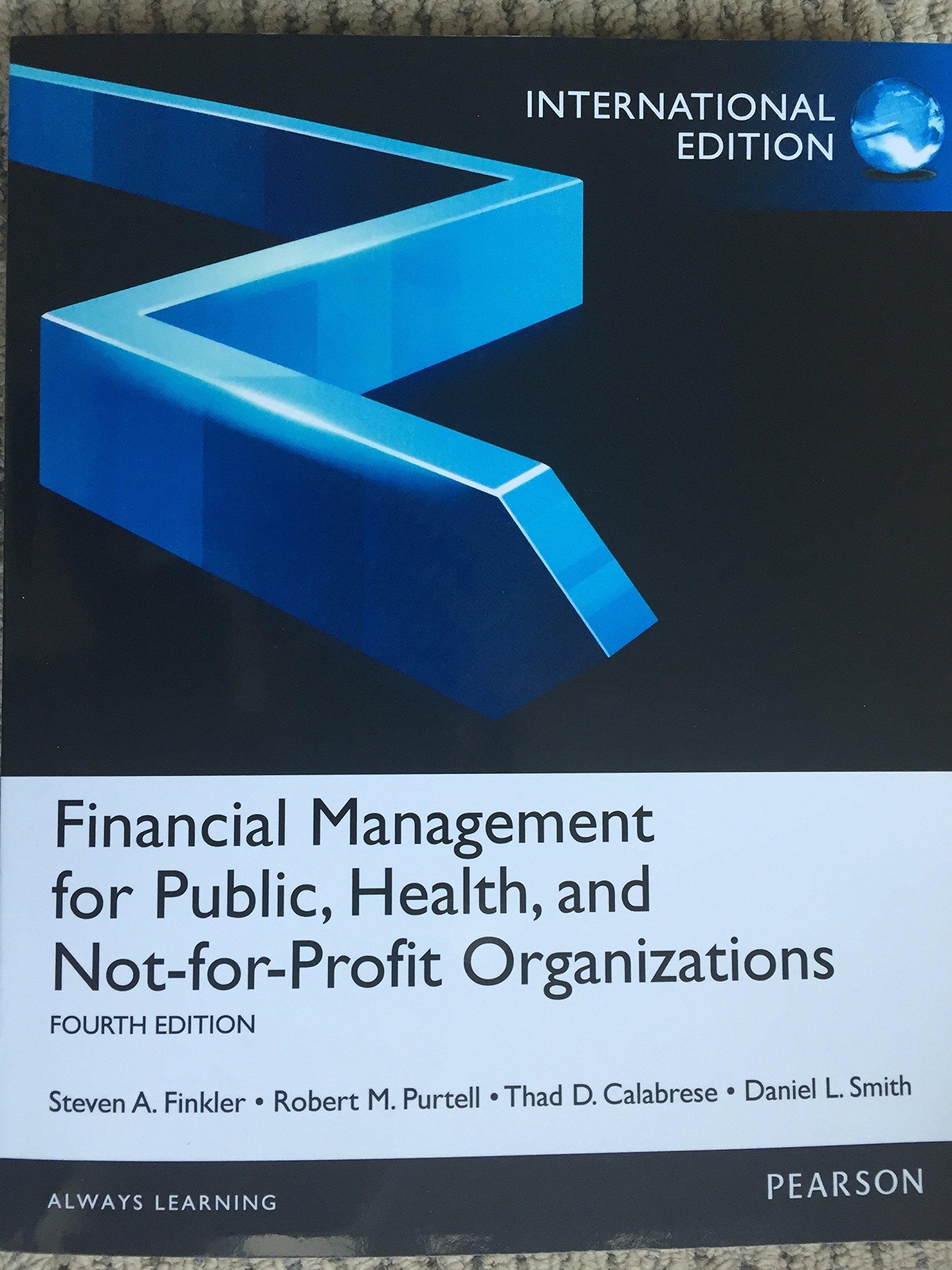In the meeting with Mr. Moneypockets, his CFO will also be present. After you present your finding on the levered WACC to the CEO, you
In the meeting with Mr. Moneypockets, his CFO will also be present. After you present your finding on the levered WACC to the CEO, you have to explain to the CFO how, in general, you calculate the WACC for any investment, emphasizing this airline investment. Using equation 12.12 as a basis, how will the team explain how the WACC changes as you shift the proportions of debt and equity in the capital structure of the company? Specifically, would the WACC change as you move from 25% debt and 75% equity, to 50% debt and 50% equity? If so, please explain the relationships of debt, equity, and the Beta inherent to equations 12.9 and 12.12. (Hint: as you increase the amount of debt in the capitalization structure, the Beta for equity will increase due to risks becoming higher for the stockholders; as a result the higher Beta used in the CAPM equation will cause the cost of equity to go up...and, of course, the more debt you use, the higher the cost of debt will go, as your bonds get rated lower and lower as more and more interest will owed. The reverse is also true...as the amount of debt decreases, the Beta decreases, and the cost of debt decreases as the amount of debt are lowered. But, overall, as you should know, the after-tax cost of debt is absolutely lower than the cost of equity. So, is there a point where you could have minimum WACC in terms of the mix of equity and debt in the capital structure? At 25% debt and 50% equity, you might have found that the unlevered Beta with no debt in the capital structure for this project was 0.90. With the 25% debt, the "levered" Beta increased to 1.10. The investment bankers told you that for 25% debt on the project, the bond coupon rate could be 4% to sell all of the bonds needed. When you combine that with the cost of equity you obtained from the CAPM security market line equation, you find that the equity cost is 10%. So, by weighting the debt and the equity, your overall WACC turned out to be 0.25 X 4% X 0.6 after-tax + 0.75 X 10% = 0.6% + 7.5% = 8.1%. But when you increase the debt to 50%, the Beta increased to 1.5, the investment bankers told you the coupon rate now needs to be 5% with all of the new debt in order to sell all of the bonds, and the new equity costs increased to 13% with the new Beta. When you weight these new debt and equity costs, you find that the WACC is now 0.5 X 5% X 0.6 + 13% X 0.5 = 1.5% + 6.5% = 8.0%. In other words, your WACC actually decreased by increasing the debt from 25% to 50% for the planned project. So, if you "played" with the amount of debt for this project, could you find an "optimal" WACC that would be the lowest overall cost of financing the project? If so, you certainly would have maximized the wealth to the stockholders by doing this! ). Your team thinks this process through and explains these relationships to the CFO.
Step by Step Solution
There are 3 Steps involved in it
Step: 1

See step-by-step solutions with expert insights and AI powered tools for academic success
Step: 2

Step: 3

Ace Your Homework with AI
Get the answers you need in no time with our AI-driven, step-by-step assistance
Get Started


